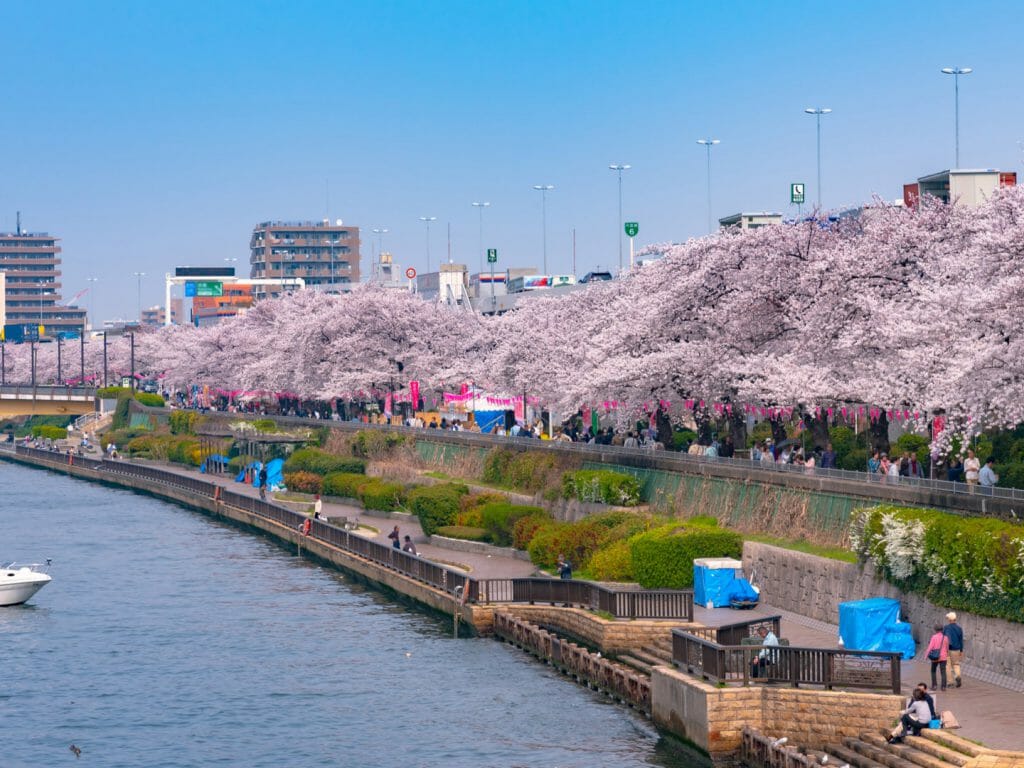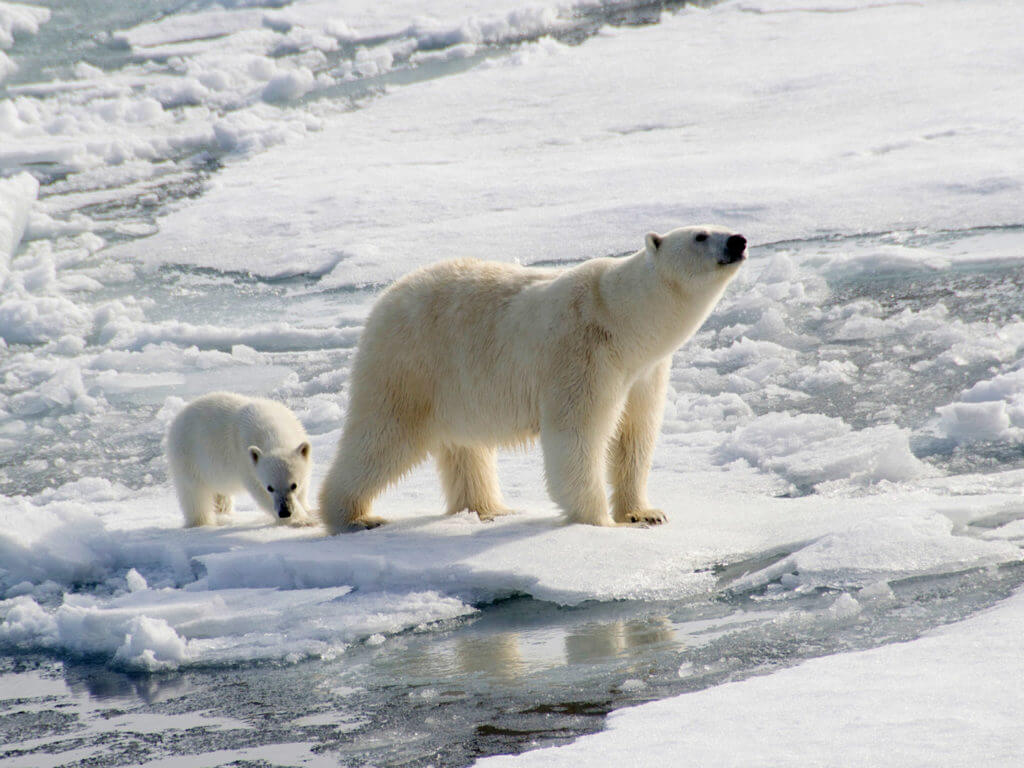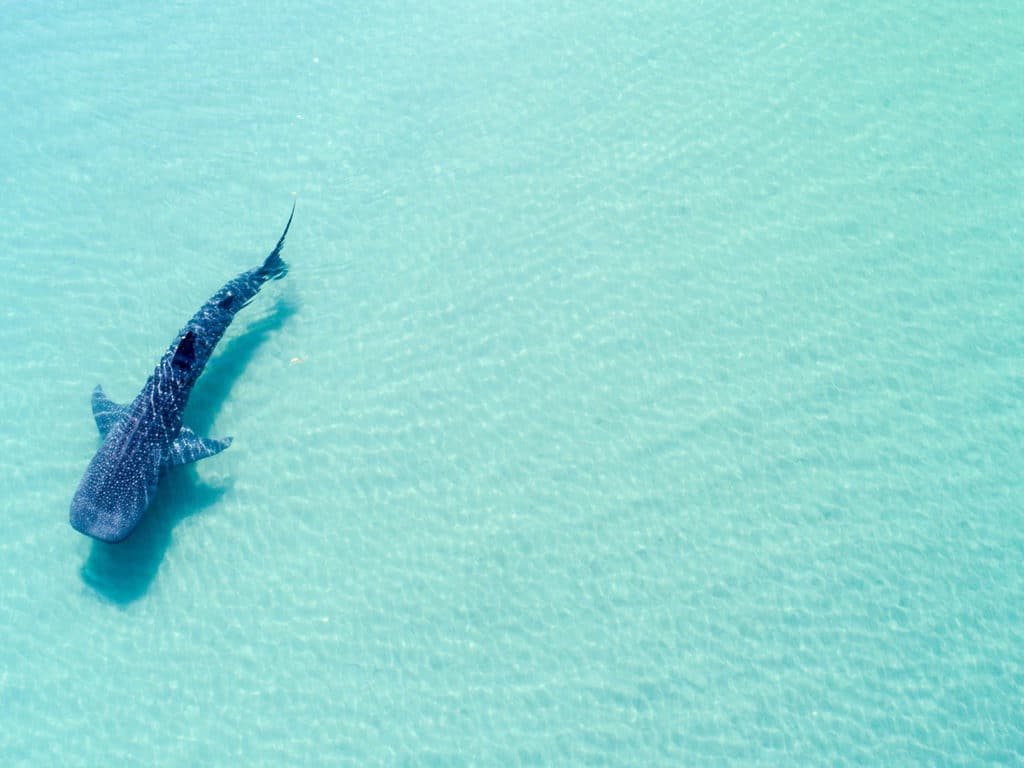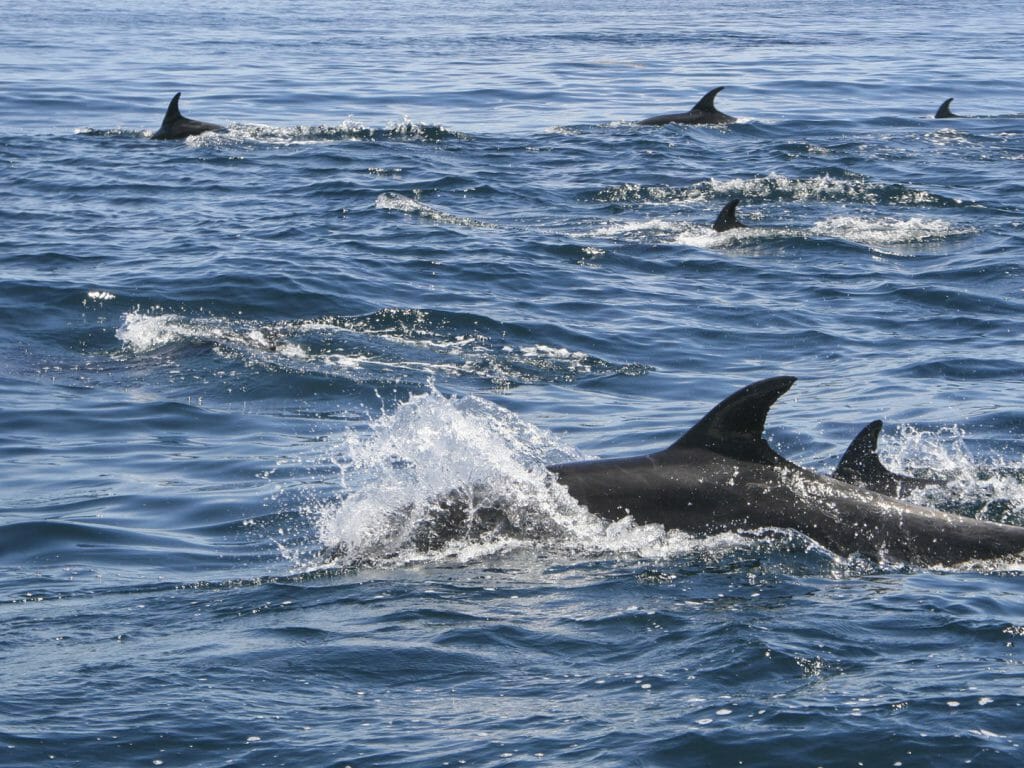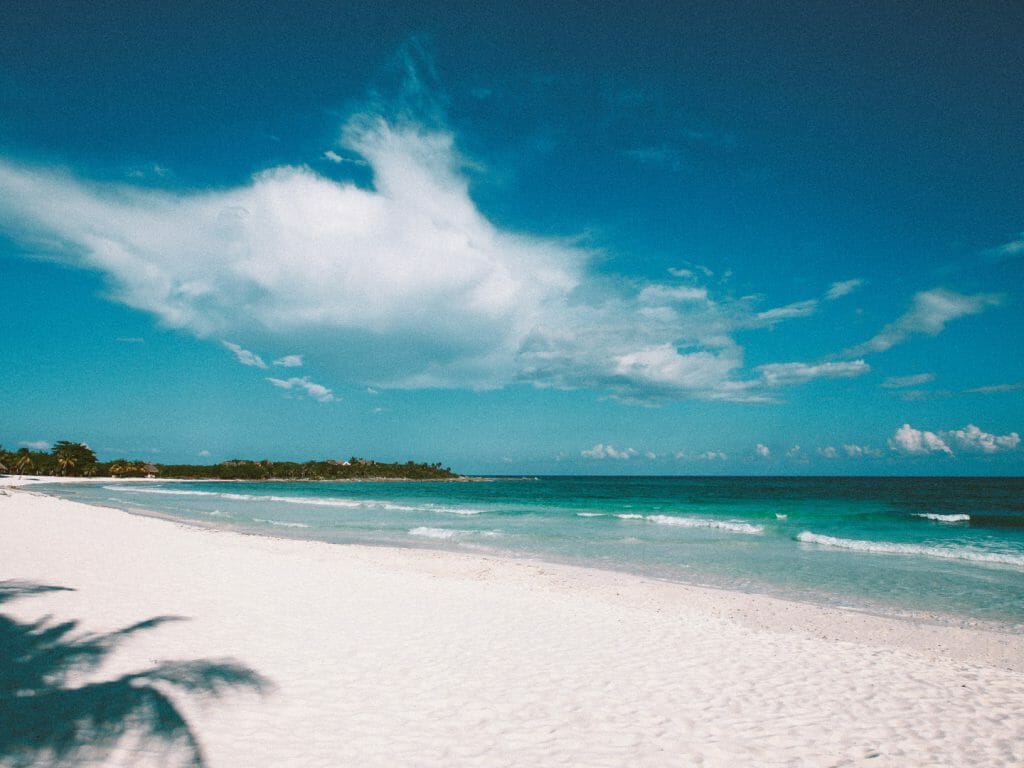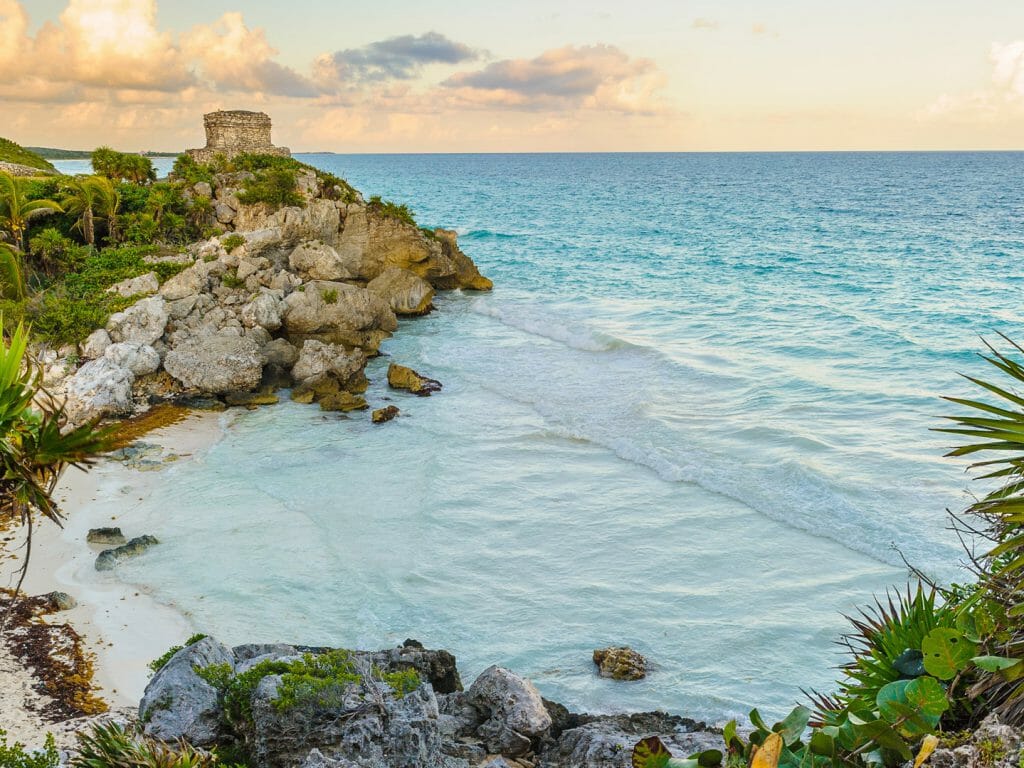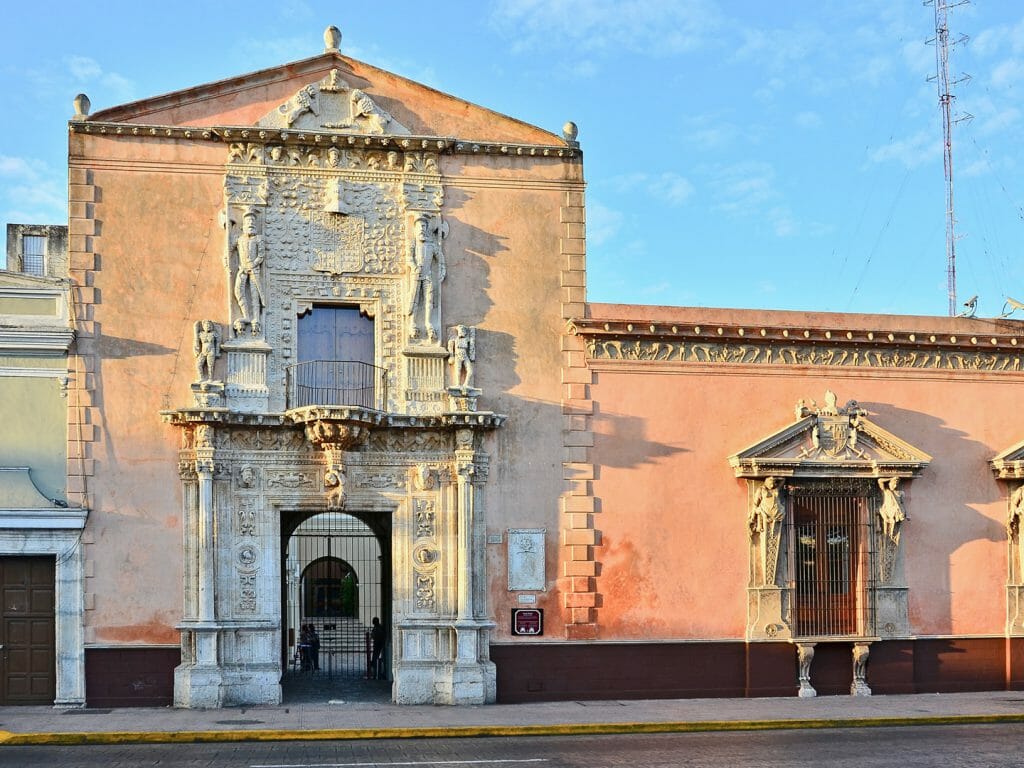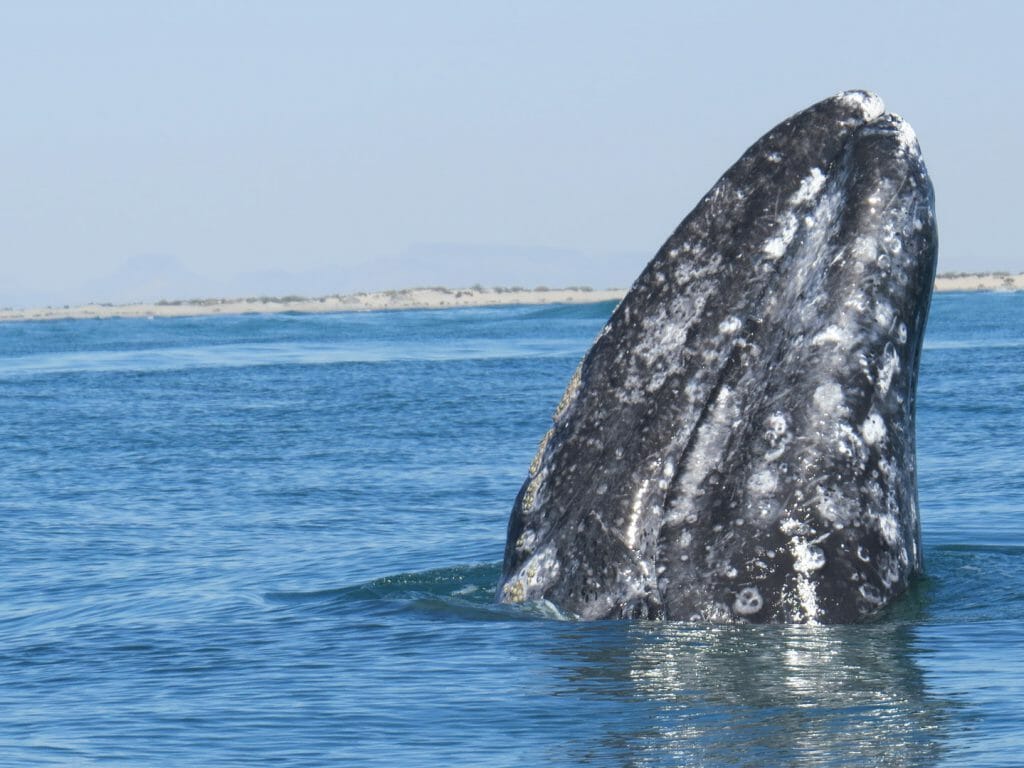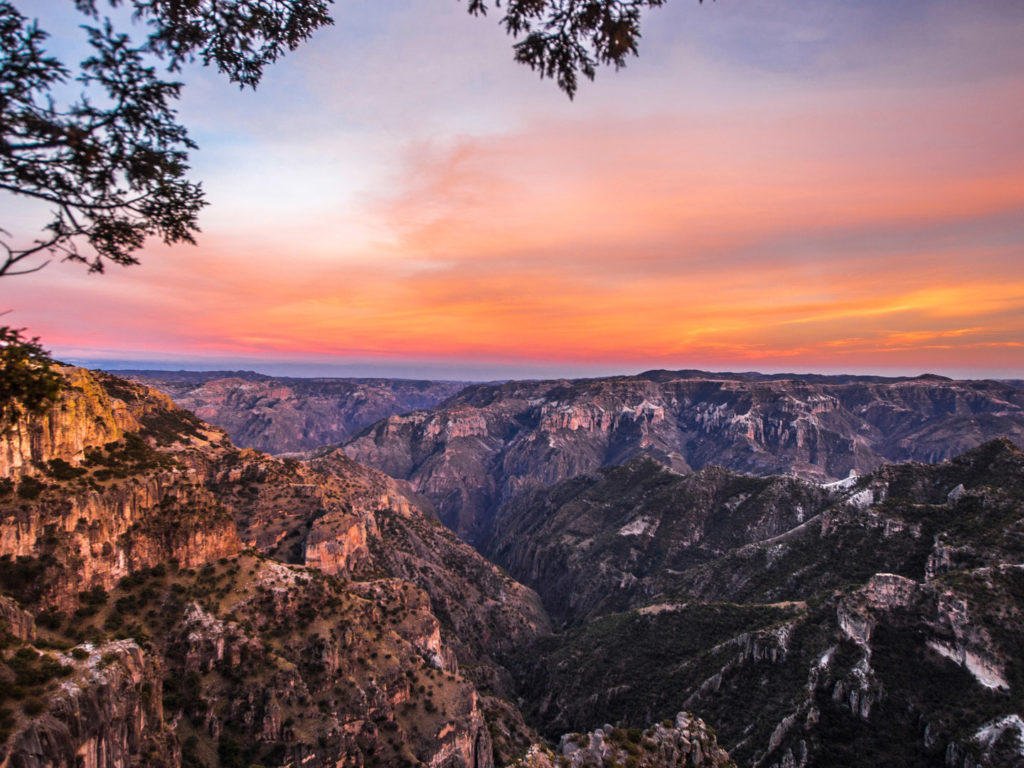“They used to distort the shape of their heads to differentiate themselves from the lower classes.”
“That must have been painful.”
“Why? Look at my head. It is round because I slept in a hammock when I was a baby. Yours is not so round because you slept in a bed.”
I shook my head in disbelief and was left wondering – such is the curiosity of Mayan culture. It is not uncertainty that leads to frustration but more a sense of intrigue, a sense of fascination. The Mayan civilisation is utterly absorbing.
At its height, approximately 1,000 years ago, the Mayan civilisation included 10,000 cities – a total of 10 million people – over an area of 400,000 square kilometres. They were great builders, using architecture as a display of wealth. Labour and stones were readily available; the problem was how to bind these stones together. The Mayans solved this by burning limestone in a charcoal oven along with the sap of a rubber tree to create a stucco that was then plastered onto the buildings to bind them together and make them smooth.
Short-term solution, long-term problem: the appetite of the ovens for charcoal led to deforestation, which in turn meant a fall in humidity levels and in due course a lack of rain. No rain equals drought equals no food equals unhappy people. In 1100 AD the beginnings of a revolution broke out in the south at Tikal and from there spread northwards ultimately leading to the collapse of the civilisation a century later.
As I arrived in Cancun airport and was accosted by signs of “Go large or go home” I thought that the modern-day inhabitants of the peninsula must have a similar reaction to the influx of brash drunken revellers as their forebears did to the arrival of the Spanish. Yucatan literally means ‘I don’t understand your language’ and was how the Mayans first answered the Spanish, who mistakenly thought it to be the name of the region.
The other historical parallel that could be drawn is one of sustainability. Forty years ago Cancún was a fishing village of only a couple of hundred. Since then it has grown exponentially and at one time held the dubious title of the world’s fastest-growing town.
Fortunately the hedonistic pleasures of the present prevail over the allure of the past and not all make it to the Mayan sites and few as soon as they open, which is when I arrived at Tulum. Perched on cliffs overlooking the sea, the walled city of Tulum is more recent than some of the other Mayan sites, being a combination of Mayan and Toltec. Tulum was at its most powerful between the 13th and 15th centuries and even surviving for the first few years after the Spanish conquest in the 16th century. It might have lost some of its authority but it certainly had a powerful effect on me, not least for its quixotic location by the sea. It certainly whet my appetite for more.
The jewel in this crown is Chichén Itza, the emblem of Mayan culture that’s prosaic meaning, ‘The Mouth of the Well of the Water’, belies the extraordinary geometry of the complex. It is such mastery that has meant Chichén Itza now has the questionable pleasure of being voted one of the seven new wonders of the world and has to cope with the resulting tourist traffic.
I run the gauntlet of souvenir stalls hoping to escape and seek sanctuary once within the site but all I could hear were jaguars growling all around me. I turn around again and again hearing this sound constantly until I realise that it is the artisans blowing a toy that they are hoping to sell.
It is not a large site and it is crowded. Nonetheless, the buildings rise above the fray, impressive in their stature, beguiling in their symbolism and significance, they leave you wondering at and in awe of the Mayan civilisation.
Everything here, particularly the magnificent Pyramid of Kukulkán, was designed with the heavens, all nine of them, in mind. The Mayan astrologers were so ingenious that the temple acts as a calendar, designed with such exactitude that during the spring and autumn equinoxes the shadow of a snake, a revered animal, slithers from the top of the temple to the bottom and back again.
In another amazing trick of engineering, the 365 steps of the temple have been constructed so that when you stand in front of them and clap, the echo sounds like a quetzal, a bird venerated by Mayans. What is all the more surprising about such precision is that the shape of the pyramid is not uniform, it is, in fact, a trapezoid and many of the edges of the pyramid are not aligned.
I was however most struck by the Great Ball Court, a 140 metre arena where the Mayans played the onomatopoeic pok ta pok – a game that involved two teams of seven, with the captain on each side being the only one able to score by shooting a large rubber ball through a hoop high on one side of the wall. More than a game, pok ta pok was a life ritual that involved the winning captain having the ‘honour’ of being decapitated, taking him nearer to the gods. It was not this sacrifice that I found arresting, although it is not without effect, but that this playful pageant that involved great ceremony was watched by the king alone.
I left Chichén Itza really appreciating the grandeur of the Mayans but not with an understanding of them. They are an engrossing puzzle that I can’t get out of my mind. Stopping off in the charming colonial town of Valladolid I am warmed by the pretty pastel colours of the buildings but instantly reminded that Chichén Itzá would have been painted and full of colour. How eye-catching that must have been.
Arguably the site that I was most taken with was Uxmal. Four hundred kilometres from Cancún, Uxmal does not see the numbers of the other sites. Added to which I was overnighting at the Lodge at Uxmal, which is a minute’s walk from the entrance to the site. This allowed me to be first into the site of Uxmal when it opened at 8 am. What a privilege that was. I felt like Catherwood, an English explorer who rediscovered the sites in the nineteenth century, moving alone around the complex, the only noise being the industrious tapping of woodpeckers and the scuttling run of iguanas. Here I was finally far from the madding crowd. I climbed the Pyramid of the Fire Macaw and gazed out over Uxmal and the surrounding jungle. I felt as if I had the honour and distinction of being a king. It was an amazingly special moment.
The Mexicans have a saying, “No sumos moneiras de auro.” We are not gold coins. I am not sure if this is true – although I appreciate the sentiment of modesty – what I would say is that the Mayan sites of the Yucatan are gold coins that need to be treasured forever.


